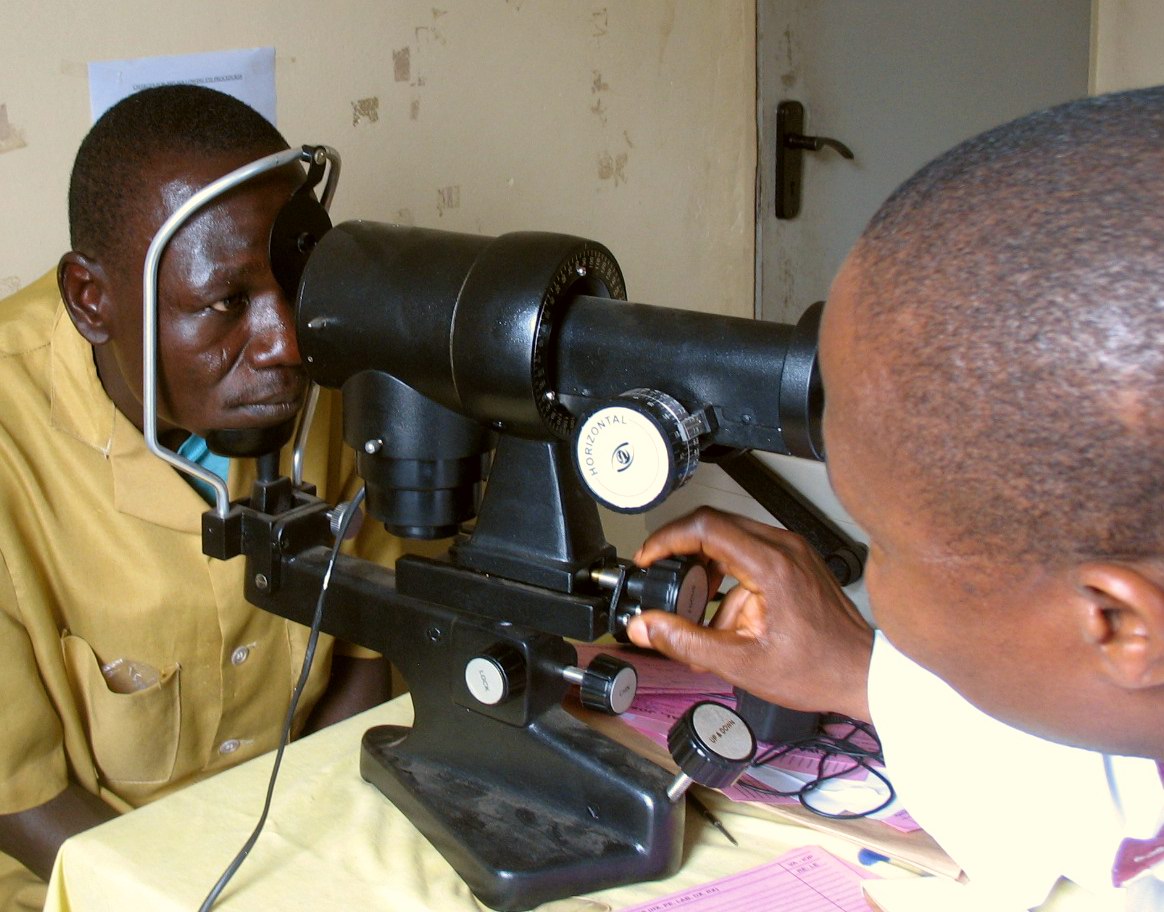|
Javal's Rule
Javal's rule is a mathematical formula used to estimate astigmatism based on keratometry readings.Schwartz, S. Geometric and Visual Optics. pg 219-221. McGraw-Hill. 2002. The estimate is useful for high cylinder measures, generally over -2.00 diopters A dioptre (British spelling) or diopter (American spelling) is a unit of measurement with dimension of reciprocal length, equivalent to one reciprocal metre, 1 dioptre = 1 m−1. It is normally used to express the optical power of a lens or curv .... The estimate is found by multiplying the difference in power between the two meridians by 1.25 and factoring in the average lenticular astigmatism, which is -0.50 x 090. References Ophthalmology Optometry {{Med-sign-stub ... [...More Info...] [...Related Items...] OR: [Wikipedia] [Google] [Baidu] |
Astigmatism (optical Systems)
An optical system with astigmatism is one where rays that propagate in two perpendicular planes have different foci. If an optical system with astigmatism is used to form an image of a cross, the vertical and horizontal lines will be in sharp focus at two different distances. The term comes from the Greek α- (''a-'') meaning "without" and στίγμα (''stigma''), "a mark, spot, puncture". Forms of astigmatism There are two distinct forms of astigmatism. The first is a third-order aberration, which occurs for objects (or parts of objects) away from the optical axis. This form of aberration occurs even when the optical system is perfectly symmetrical. This is often referred to as a "monochromatic aberration", because it occurs even for light of a single wavelength. This terminology may be misleading, however, as the ''amount'' of aberration can vary strongly with wavelength in an optical system. The second form of astigmatism occurs when the optical system is not symmetric a ... [...More Info...] [...Related Items...] OR: [Wikipedia] [Google] [Baidu] |
Keratometry
A keratometer, also known as an ophthalmometer, is a diagnostic instrument for measuring the curvature of the anterior surface of the cornea, particularly for assessing the extent and axis of astigmatism. It was invented by the German physiologist Hermann von Helmholtz in 1851, although an earlier model was developed in 1796 by Jesse Ramsden and Everard Home Sir Everard Home, 1st Baronet, FRS (6 May 1756, in Kingston upon Hull – 31 August 1832, in London) was a British surgeon. Home was born in Kingston-upon-Hull and educated at Westminster School. He gained a scholarship to Trinity College, Ca .... A keratometer uses the relationship between object size (O), image size (I), the distance between the reflective surface and the object (d), and the radius of the reflective surface (R). If three of these variables are known (or fixed), the fourth can be calculated using the formula :R = 2d \frac{O} There are two distinct variants of determining R; Javal-Schiotz type kerato ... [...More Info...] [...Related Items...] OR: [Wikipedia] [Google] [Baidu] |
Diopters
A dioptre (British spelling) or diopter (American spelling) is a unit of measurement with dimension of reciprocal length, equivalent to one reciprocal metre, 1 dioptre = 1 m−1. It is normally used to express the optical power of a lens or curved mirror, which is a physical quantity equal to the reciprocal of the focal length, expressed in metres. For example, a 3-dioptre lens brings parallel rays of light to focus at metre. A flat window has an optical power of zero dioptres, as it does not cause light to converge or diverge. Dioptres are also sometimes used for other reciprocals of distance, particularly radii of curvature and the vergence of optical beams. The main benefit of using optical power rather than focal length is that the thin lens formula has the object distance, image distance, and focal length all as reciprocals. Additionally, when relatively thin lenses are placed close together their powers approximately add. Thus, a thin 2.0-dioptre lens placed close to a t ... [...More Info...] [...Related Items...] OR: [Wikipedia] [Google] [Baidu] |
Ophthalmology
Ophthalmology ( ) is a surgical subspecialty within medicine that deals with the diagnosis and treatment of eye disorders. An ophthalmologist is a physician who undergoes subspecialty training in medical and surgical eye care. Following a medical degree, a doctor specialising in ophthalmology must pursue additional postgraduate residency training specific to that field. This may include a one-year integrated internship that involves more general medical training in other fields such as internal medicine or general surgery. Following residency, additional specialty training (or fellowship) may be sought in a particular aspect of eye pathology. Ophthalmologists prescribe medications to treat eye diseases, implement laser therapy, and perform surgery when needed. Ophthalmologists provide both primary and specialty eye care - medical and surgical. Most ophthalmologists participate in academic research on eye diseases at some point in their training and many include research as part ... [...More Info...] [...Related Items...] OR: [Wikipedia] [Google] [Baidu] |

